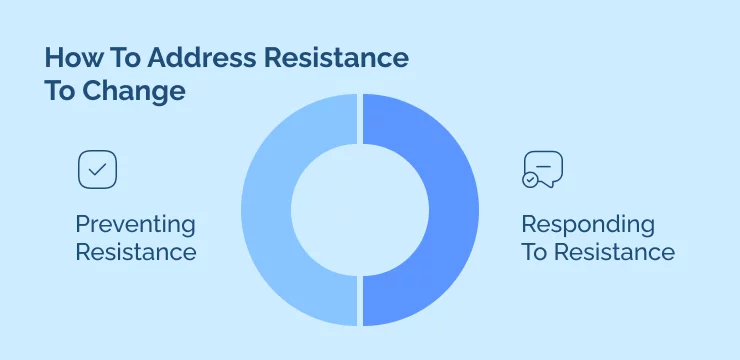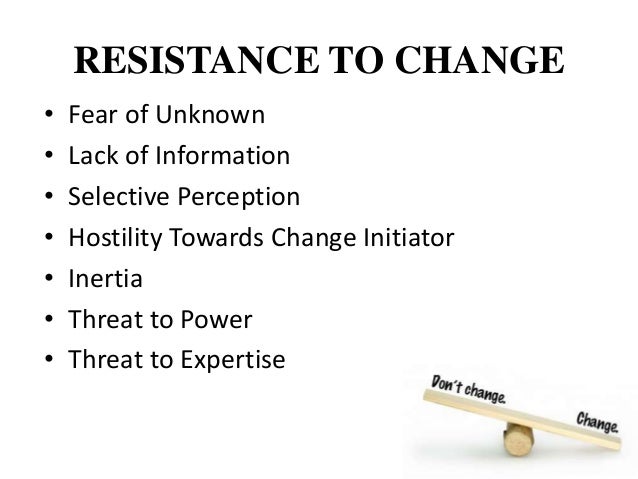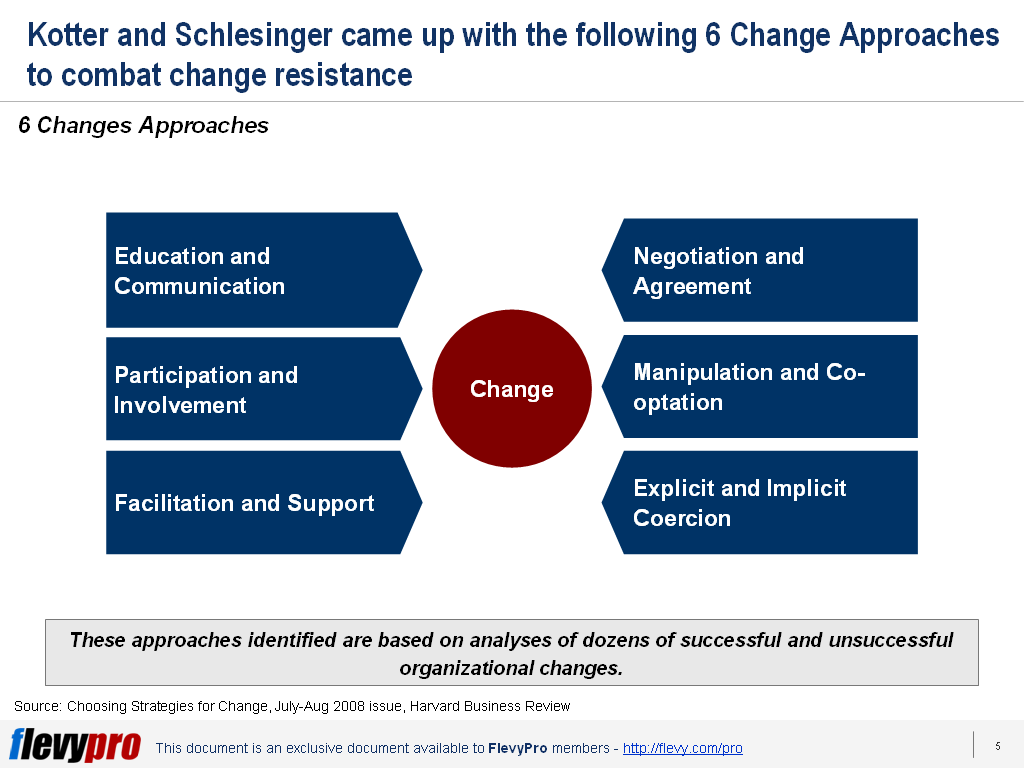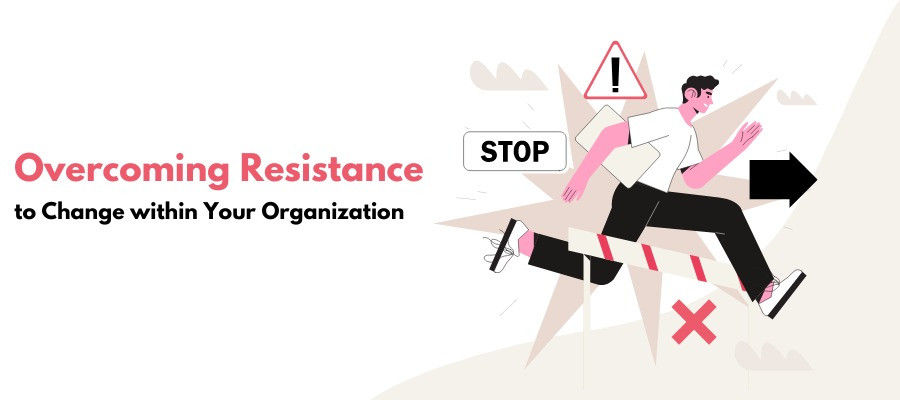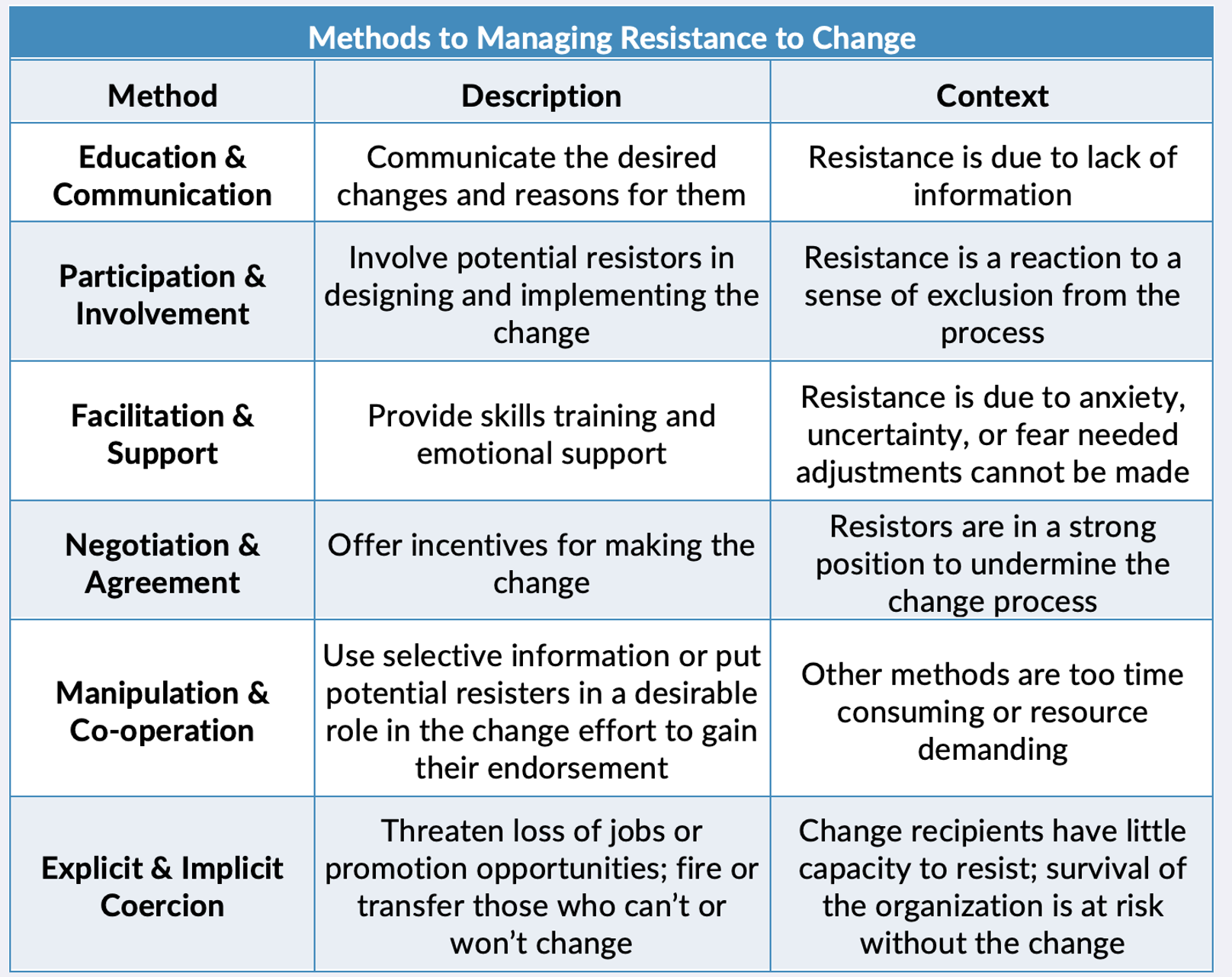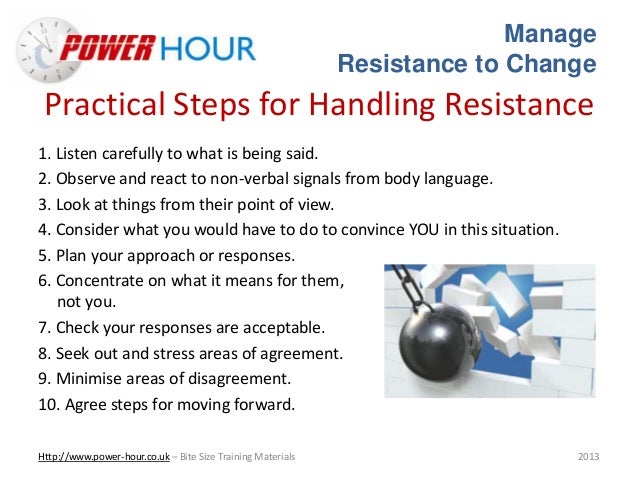How To Prevent Resistance To Change

In today's rapidly evolving business landscape, one constant remains: change. Yet, despite its inevitability, resistance to change continues to plague organizations, hindering progress and jeopardizing strategic goals. The cost of this resistance can be staggering, impacting productivity, employee morale, and ultimately, the bottom line.
This article delves into the critical issue of preventing resistance to change within organizations. It explores practical strategies, informed by expert insights and research, to foster a culture of adaptability and ensure smoother transitions during periods of transformation. It focuses on proactive measures, communication strategies, and employee empowerment techniques to minimize disruption and maximize the potential for successful implementation.
Understanding the Roots of Resistance
Resistance to change is rarely arbitrary; it often stems from deep-seated anxieties and concerns. Employees might fear job security, a loss of control, or a lack of the necessary skills to adapt to new processes. According to a 2022 report by Gartner, "the fear of the unknown" is a primary driver of resistance, followed closely by concerns about increased workload and potential disruption to established routines.
Furthermore, a perceived lack of input or involvement in the change process can fuel resentment. Employees who feel their voices are not heard are more likely to resist the changes being imposed upon them. This is especially true if the changes impact their daily tasks or responsibilities.
Building a Foundation of Trust and Communication
Establishing a foundation of trust and open communication is paramount in mitigating resistance to change. Leaders must be transparent about the reasons for the change, the expected benefits, and the potential challenges. Regular updates, town hall meetings, and one-on-one conversations can help address concerns and keep employees informed throughout the process.
According to Prosci's change management methodology, effective communication should be tailored to different audiences within the organization. What resonates with senior management may not be as effective for frontline employees. Therefore, a multifaceted approach, using various communication channels, is essential.
Active listening is also crucial. Leaders should actively solicit feedback from employees and address their concerns in a timely and thoughtful manner. Demonstrating empathy and acknowledging the difficulties associated with change can go a long way in building trust and fostering a sense of collaboration.
Empowering Employees Through Involvement
Engaging employees in the change process, rather than simply dictating terms, can significantly reduce resistance. Involving employees in the planning and implementation phases allows them to feel a sense of ownership and control over the outcome. This can be achieved through focus groups, surveys, or cross-functional teams tasked with identifying solutions and addressing potential roadblocks.
Providing opportunities for training and development is also critical. Equipping employees with the skills and knowledge they need to succeed in the new environment can alleviate anxieties and boost their confidence. According to the Society for Human Resource Management (SHRM), investing in employee development during periods of change is a key factor in maintaining morale and productivity.
Consider establishing a network of change champions – individuals who are enthusiastic about the change and can act as advocates among their peers. These champions can help dispel rumors, answer questions, and provide support to those who are struggling to adapt. This peer-to-peer support can be invaluable in fostering a positive attitude toward change.
Addressing Individual Concerns
While broad strategies are essential, it's also important to address individual concerns and tailor support to specific needs. Some employees may require more one-on-one coaching or mentoring, while others may benefit from flexible work arrangements or other accommodations. Recognizing and responding to these individual needs can demonstrate a commitment to employee well-being and reduce the likelihood of resistance.
Furthermore, it's important to acknowledge and reward employees who embrace change and demonstrate a positive attitude. This can be done through public recognition, bonuses, or other incentives. Celebrating successes, both big and small, can help reinforce the desired behaviors and create a more positive perception of change.
Regularly evaluating the effectiveness of the change management process is also critical. Gathering feedback from employees and monitoring key performance indicators can help identify areas that need improvement. Being flexible and willing to adjust the approach based on feedback is essential for ensuring a successful outcome.
Looking Ahead: Building a Culture of Adaptability
Preventing resistance to change is not a one-time fix, but rather an ongoing process. Organizations that cultivate a culture of adaptability are better positioned to navigate future disruptions and capitalize on new opportunities. This requires a commitment to continuous learning, open communication, and employee empowerment.
By embracing change as an opportunity for growth and innovation, organizations can transform resistance into resilience. This proactive approach will not only ensure smoother transitions during periods of transformation but also create a more engaged and productive workforce ready to face the challenges of the future. The key is to remember that change is not just about implementing new processes; it's about empowering people to thrive in a dynamic environment.



